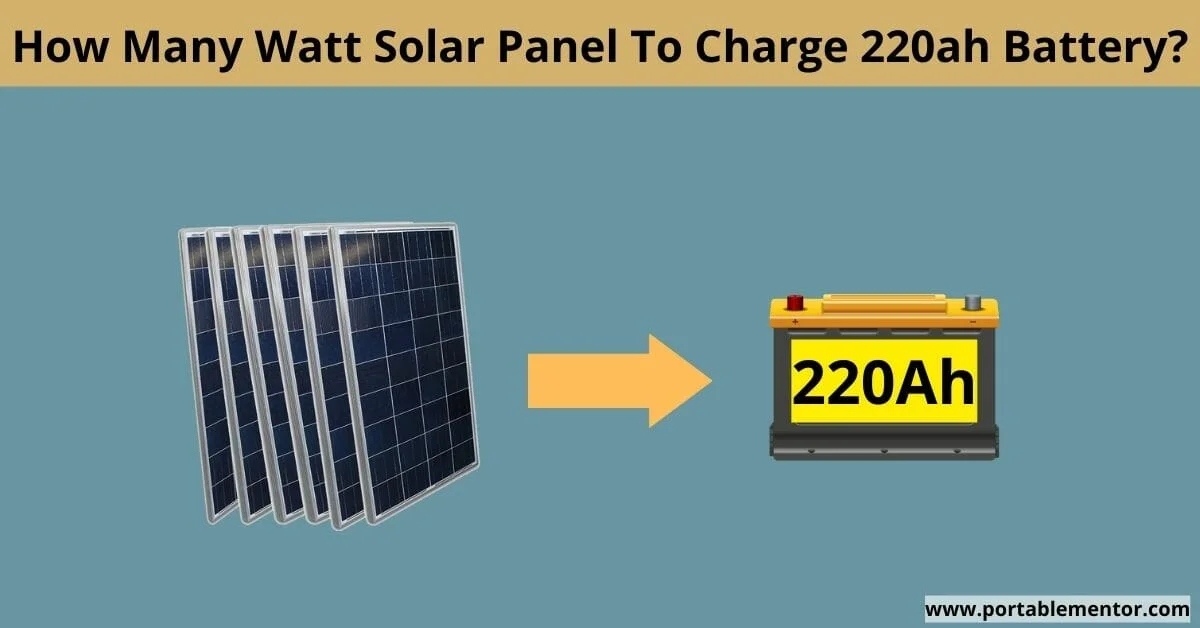Batteries are a crucial part of our day-to-day activities, yet the process of recharging them leaves many of us puzzled. Supercharging a battery with excessive voltage or current can elevate the temperature of its plates, ultimately decreasing the life cycles it can withstand.
Focusing primarily on 12V batteries, this comprehensive guide addresses the central query, "How much current is required to charge a 12V battery?" By exploring this topic in-depth, we aim to ensure your battery is always in its optimum state.
Summary
- Factors like battery type, capacity, and state of charge influence how much current is needed to charge a 12V battery.
- Generally, the charging current for a 12V battery is around 10% of the battery’s capacity.
- Charging current can vary based on battery type; lead-acid batteries are generally charged at a rate of 10% of their capacity, while lithium-ion batteries can handle higher charging currents, sometimes up to 100% of their capacity.
Understanding the Current Needed for Charging a 12V Battery
The question of how much current is needed to charge a 12V battery might seem straightforward, but the answer is multi-faceted. Factors such as battery type, capacity, and state of charge all play into the equation.
Generally, the charging current for a 12V battery is around 10% of the battery’s capacity. This means for a 100Ah 12V battery, a 10A charging current is required. However, this is not an absolute rule, and different scenarios may necessitate varying currents.
The Impact of Battery Type on Charging Current

When discussing the current required to charge a 12V battery, the battery type becomes a significant determinant.
For instance, the charging current for commonly used lead-acid batteries in cars differs from that of lithium-ion batteries often found in RVs or marine equipment.
- Lead-acid batteries are generally charged at a rate of 10% of their capacity.
- Lithium-ion batteries can handle much higher charging currents, sometimes up to 100% of their capacity.
Inside the World of Lead-acid Batteries
Lead-acid batteries, pioneers in the rechargeable battery world, have been around since 1859. They come in various sizes and have different charging requirements.
According to Battery University, a well-respected online source, a conventional lead-acid battery should be charged at 10% of its 20-hour capacity. For a 50Ah battery, you should aim for a 5A charging current.
However, deep-cycle lead-acid batteries used in boats, RVs, and solar power systems are a different story altogether.
The Advent of Lithium-ion Batteries
Lithium-ion batteries are the newer kids on the block, rapidly growing in popularity due to their high energy density, longevity, and lightweight nature. They've become the go-to power source for electric vehicles, high-end RVs, and marine equipment.
The current required to charge a lithium-ion battery can vary significantly. While the traditional guideline is to charge at a rate of 0.5C to 1C (where C is the battery’s capacity), many lithium-ion batteries can safely be charged at much higher rates.
Why the Preference for Higher Charging Current in Lithium-ion Batteries?
Lithium-ion batteries are designed to handle higher charging currents, making them more efficient to charge. Higher currents translate to quicker charging times.
While lead-acid batteries might take up to 12-16 hours for a full charge, a lithium-ion battery can reach 80% capacity within 2 hours when charged at 1C.
This efficiency makes lithium-ion batteries a preferred choice for applications where quick charging is beneficial, such as electric vehicles.
However, note that while lithium-ion batteries can handle higher currents, charging at too high a rate can cause overheating, potentially leading to damage or even battery failure 1.
Deep-cycle Batteries
Deep-cycle batteries, like their lead-acid counterparts, operate using similar electrochemical reactions.
However, they're designed for consistent, long-term power output. This contrasts with starter batteries (such as those in most vehicles), which provide short, high-energy bursts for starting the engine.
Deep-cycle batteries can handle deeper discharge cycles, hence the name. They often come in 12V varieties and have capacities ranging from 35Ah to over 200Ah.
For deep-cycle batteries, a general rule of thumb is to charge at 10-13% of the battery’s 20-hour capacity rating. For instance, a 100Ah deep-cycle battery would require a charging current of 10-13A.
The Process of Charging a Battery
Imagine you're charging a battery, and it's kind of like filling up a water balloon.
Bulk Phase – The Initial Push
First off, we have the "Bulk Phase" or what I like to call the "Big Splash." This is when you first start filling up the balloon or in this case, the battery.
You go full force and pour in most of the charge, about 80% of it. Think of it like turning on a water tap to its maximum - the water is rushing in really fast.
If your battery is like a big 100Ah balloon (Ah is just a fancy way to say how much charge it can hold), you'd be pumping in about 10A of charge during this stage.
Absorption Phase – The Top Up
Next, we have the "Absorption Phase," or as I call it, the "Top Off." At this point, your water balloon, I mean, your battery is getting pretty full, but we want to try to fill it up as much as we can without popping it.
So, we still keep the water flowing in, but as the balloon gets fuller and fuller, we gradually turn the tap down so the water slows down.
That way, we avoid any balloon-popping disasters (or in real terms, battery damage or overheating).
Float Phase – The Maintenance Mode
Finally, we've got the "Float Phase," or the "Keep It Full" stage. Your battery's full now, just like the water balloon.
But we want to keep it that way, so we go into maintenance mode. We turn the tap down to just a drip - enough to keep the balloon full and ready for a water fight, but not so much that it might pop. For our 100Ah battery, this would be just a dribble of about 1A or less.
So that's it - the big splash, the top off, and the keep it full. The three phases of charging your battery!
Choosing the Right Charger for a 12v battery
Choosing the right charger for your 12V battery is super important. It's like picking the right pair of shoes for a marathon - you need something that fits right and won't give you trouble halfway through.
The charger you pick needs to be able to give the right amount of current for charging, and it has to play nicely with your type of battery. Some chargers are like a Swiss army knife --- they have different modes for different types of batteries and sizes. Others are more like a one-trick pony, good at one specific thing.
When you're picking out a charger, think about a few things. First, your battery's size and type. Look at how much current the charger can give out.
Also, check for safety features - you don't want any nasty surprises. And some chargers have cool extras, like being able to remove sulfation (that's a kind of gunk that can build up on batteries) or special modes for keeping the battery in top shape.
One last thing --- always make sure the charger is meant for your kind of battery. Using the wrong charger can be like trying to put diesel in a gas car --- it could hurt the battery or make it not last as long.
And if you're not sure about something, don't be shy about asking a pro for help. They're like the pit crew for your battery's marathon race!
Charging current for 12v battery: FAQs
Conclusion
Charging a 12V battery is not a one-size-fits-all process. Depending on the battery type, capacity, and intended use, the required charging current can vary significantly.
By understanding your battery's specifications and how they relate to the charging process, you can ensure your battery is charged safely and effectively, maximizing its performance and lifespan.


